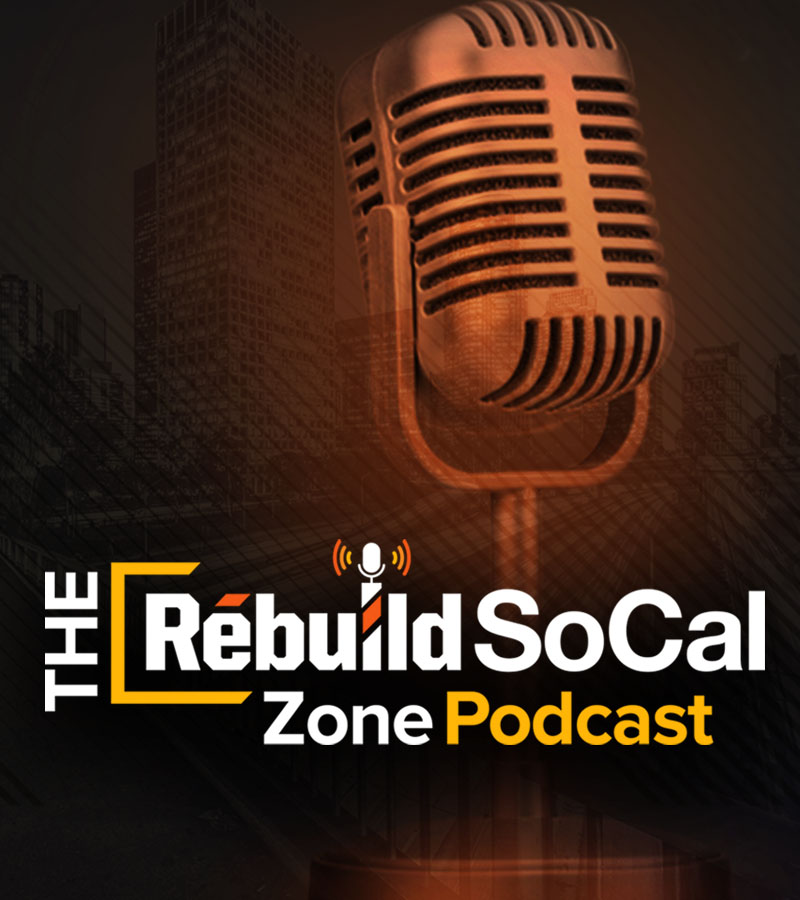California is getting a reprieve from the near continuous rainfall occurring over most of the state. Now that the skies are clearing up, it’s easy to see what has been left on the ground. From debris buildup and ocean pollution to roadway damage and infrastructure concerns, areas across California are experiencing the real consequences of outdated or non-existent infrastructure.
The good news? Winter storms have increased water collection and efforts to recharge aquifers – Los Angeles County reported earlier in the week 33 billion gallons of stormwater were captured to date. However, this is contrasted by the reality of the city, state, and county water collection and sanitation capabilities. The majority of stormwater is lost to contamination and a lack of infrastructure.
Infrastructure upgrades are frequently ignored or postponed until disaster strikes – a road is washed out, a beach is eroded, or toxic pollutants are washed out to sea – increasing the possibility of catastrophic losses. And repairs are costly: Los Angeles County Spokesperson Emily Montanez announced earlier this month that the running total for repairs would cost the city over $100 million, a number only expected to increase.
Even with the present concerns, including groundwater scarcity, collection capabilities, and storm damage, LA County may be ahead of the curve when it comes to solution creation and community oversight. LA County’s Safe Clean Water Program, composed of advocates, oversight specialists, politicians, and 11 diverse committees, monitors, funds, and suggests improvements critical to local water health. In combination with Measure W, a policy adopted in 2018 that incentivizes cities to partner with such agencies, tangible improvement is evident. And that’s worth celebrating.
The creation of this issue-specific think tank and action-taking institution has implemented a real, visible change in LA County. The Safe Clean Water Program has established a clear system, providing structure to the process of reform and enabling a swiftness in planning and development processes that were previously unattainable. Though this program is still in its infancy, it serves as a solid start for other counties to build upon in our joint effort to reach and surpass statewide climate and infrastructure goals.
Curious about California’s water management? Learn more about the drought and proposed solutions on the Rebuild SoCal Zone Podcast, where we’ve launched a mini-series focused on California’s Water Crisis.
Rebuild SoCal Partnership provides information about other construction projects affecting Southern California communities. Keep up-to-date on essential infrastructure issues by signing up for the Rebuild SoCal Partnership newsletter. Follow us on Facebook, Twitter, and Instagram, and listen to The Rebuild SoCal Zone podcast.

